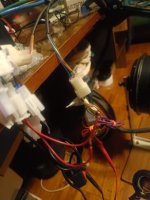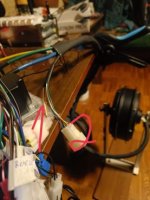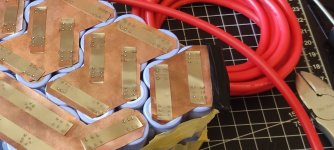minde28383
10 kW
- Joined
- Apr 2, 2010
- Messages
- 700
larsb said:minde28383 said:I have installed quite a few ant 20s bmses. They have amp limiting feature and if set accordingly they do limit power overall. So it could easily be the bottleneck but I too leaning towards battery because you checked bms settings and they are maxed I assume. Usually when people want high outputs we expect about 7p or even more parallel, with 2100 cells it could be few less parallel but 4p is on low side even if your specific cells have good specs. Their connections matters much too, specifically on high load.
You can set discharge current limit in the ant bms but does it really limit amps to this value? Do you have proof of this? I have run my ant bms up to 300A when set this high so there’s no general limitation.
I don’t think any bms really limits the current at a certain level, it cuts current to protect, limiting will be done by the controller.
Never thought so much about terminology of these words: limit, general limit to value, cut current to protect.
Never thought about that too much because usually all maxed and it it works, but it makes sense what you wrote. Now i believe that there is no such active limiting by bms but only cut to protect when limit reached.





